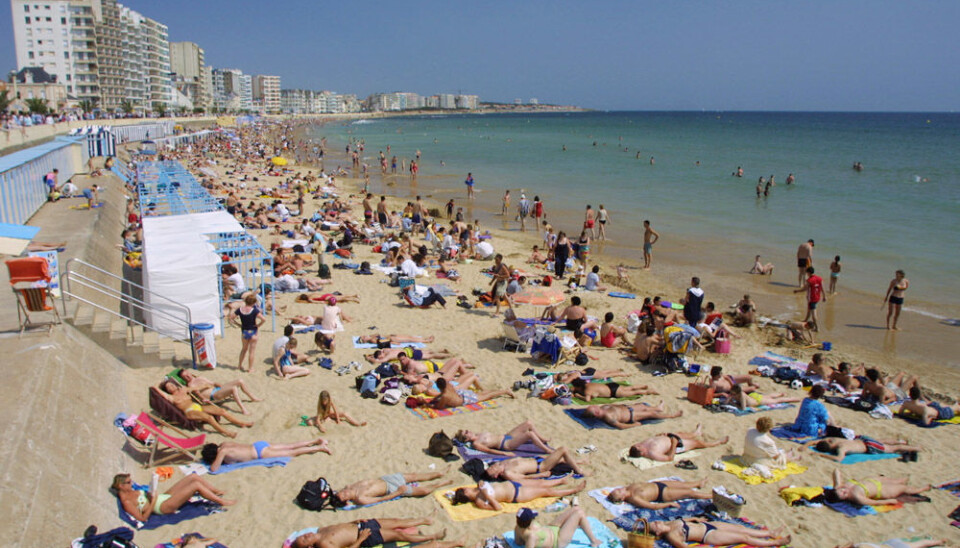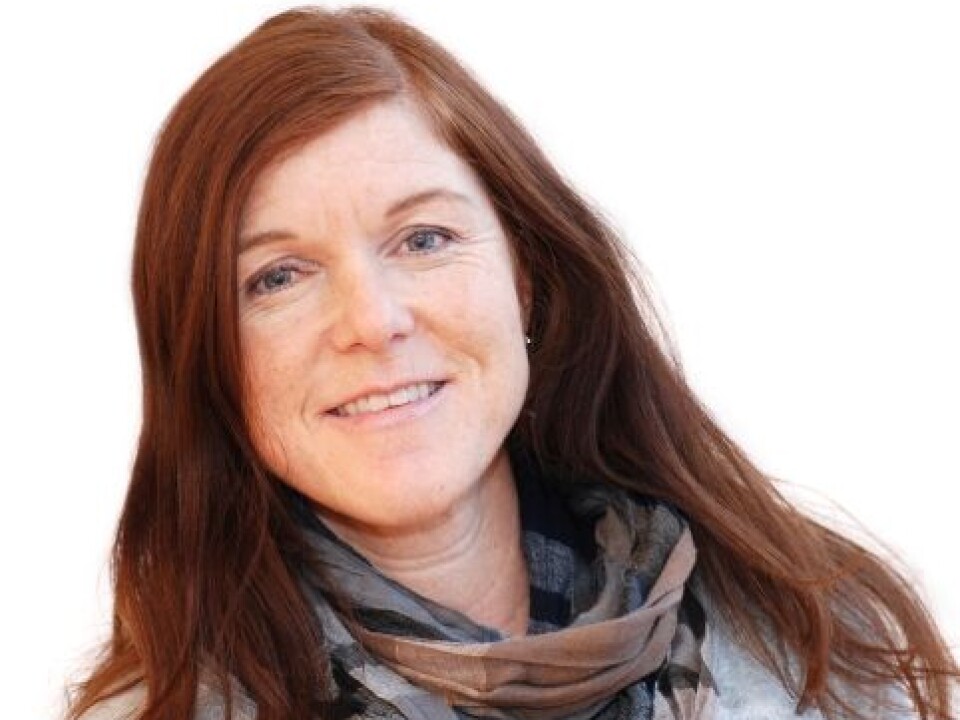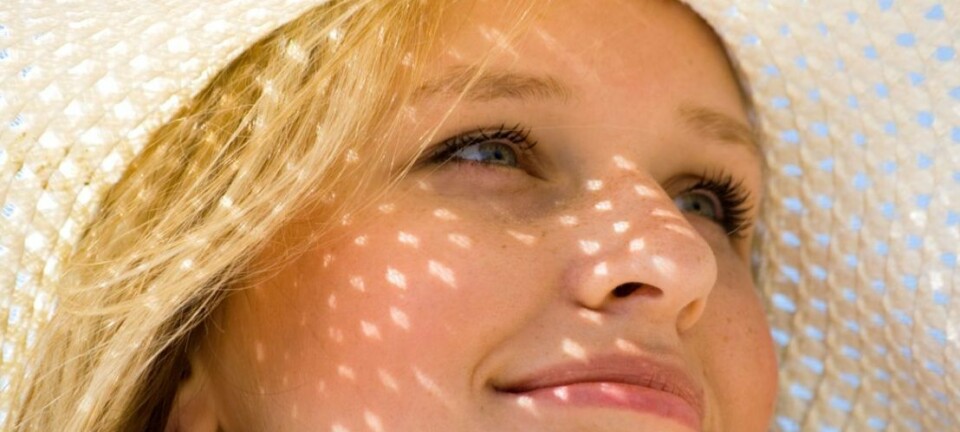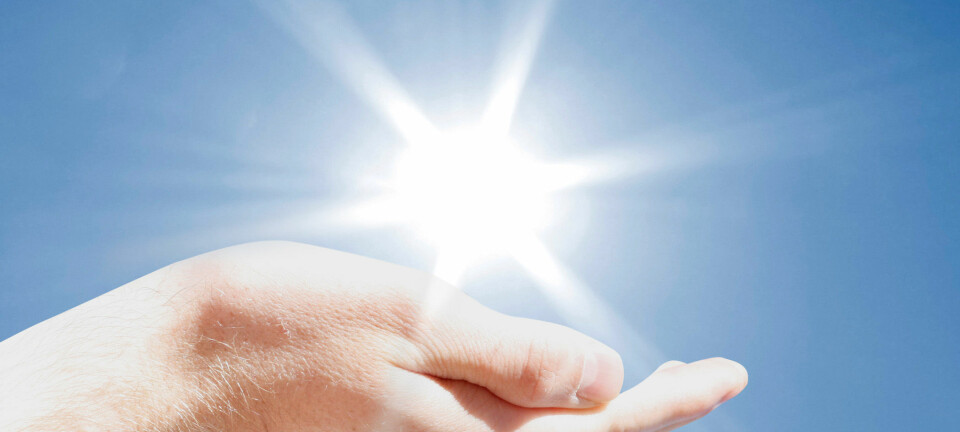
Bad sunning habits increase skin cancers
Eight times as many Norwegians are now stricken with melanoma skin cancers as in 1953. Sweden is also seeing a spike in melanoma cases.
Inhabitants of the Swedish region of Västra Götaland, which includes coastal holiday spots in Bohus County, have something more serious to worry about than boorish Norwegians on holiday who buy up property along the coast.
Melanoma rates in this country are more likely to reach 35 percent in residents of its coastal municipalities and in Gothenburg than in residents living further inland.
The rise is sharper than in the rest of Sweden, according to new research from the Sahlgrenska Academy. Melanoma is the most dangerous type of skin cancer.
Sunburned on holiday
In fact, the number of melanoma cases in Västra Götaland has quadrupled among men and tripled among women since 1970.

Researchers tie the increase to more hours of solar exposure, but that’s not all. The rise is also associated with the way we expose ourselves to the sun.
“The latest research shows that melanomas are caused by uneven exposure to the sun,” says Researcher Magdalena Claeson, from the Sahlgrenska Academy. "In other words, people are spending more time indoors much of the year and then burning themselves badly during their summer holiday, for example."
Worse in Norway
The situation is no better in Norway. In fact we are the world leaders in the incidence of melanomas.
“The situation is actually worse here when we look at the overall statistics for melanomas. We have higher incidences than in Sweden,” says Researcher Trude Eid Robsahm, of the Cancer Registry of Norway.

She points out that the difference between melanoma incidences in coastal and inland regions is less evident in Norway than was shown by the Swedish study.
“We have a more distinct division between north and south, although there are also differences between coastal and inland Norway.”
“The fact that we top Sweden in the total melanoma statistics could be attributed to the fact that Sweden has a considerably higher share of non-Western immigrants than Norway does. This group rarely gets melanomas,” says Robsahm.
Melanomas are linked to living standards
Although most of us have learned now that getting sunburned and sunning ourselves too much can lead to skin cancer, we continue to broil ourselves hour after hour. Especially when we’re on holiday, we want to get our money’s worth of sun.
“Melanoma is a disease linked to a high standard of living, to high socioeconomic status,” says Robsahm.
The wealth that many Norwegians now enjoy means more and more can buy cabins on the coast, take long holidays abroad and fly more often to southern destinations.
This means more sun − more than is good for us, obviously.
The newest figures show that in 2010 a total of 338 people died of melanoma, while 743 men and 775 women were diagnosed with it.
Move north?
If you wish to reduce the risk of contracting this dangerous kind of skin cancer you should reduce your sun exposure, of course, and use strong sun-block – or perhaps move north, if you want to take a more drastic action.
The move itself wouldn’t necessarily protect you from the disease. But statistically the risk of cutaneous melanoma is much higher in southern Norway than in the northern counties – perhaps double.
“In Norway we rush out when we see some sun and stay outdoors longer. We think it doesn’t matter much if we get a slight burn because it will soon turn to tan. But this is really crazy,” says Robsahm.
"It’s great to get some sun on our bodies and to travel to warmer climates, but intense sunning is risky nevertheless. We have to think about how we expose ourselves and protect ourselves better with sun-block, clothing and by taking breaks in the shade,” the Cancer Registry researcher says.
More travel, cabins and longer holidays
More days of sun and higher temperatures explain the difference between north and south reasonably well.
“We’re most affected by the weather that we live in and are subjected to on a daily basis. However, several other factors explain the differences among regions and counties, such as socioeconomic status and sunning habits,” Robsahm said.
So it’s no surprise that there are more cases per 100,000 people in the oil-rich county of Rogaland, which is also in southern Norway and on the coast.
“Rogaland is among the counties where many have good incomes, and families with a higher standard of living are more often able to travel abroad to sunnier parts of the world,” she says.
Oslo lower than the rest of Eastern Norway
Oslo has a lower melanoma rate than the rest of Eastern Norway, with 17 cases per 100,000 people. Robsahm attributes this lower incidence to concentrations of non-Western immigrants found in some areas of Oslo.
Melanoma is more common in light-skinned people.
“If I were to point out anything specific, it would be that incidences are rising most among people 50 and older, particularly men.”
“It also appears that cases are increasing most in Mid-Norway. The general rise in living standards there is probably the cause. Once again it’s about being able to afford more travel and heading to where there’s more sun,” Robsahm says.
----------------------
Read this article in Norwegian at forskning.no
Translated by: Glenn Ostling
Scientific links
- Claeson, Magdalena et al: Incidence of cutaneous melanoma in Western Sweden 1970-2007. Melanoma Res. 2012 Oct; 22(5):392-8 (abstract)
- Cancer in Norway 2010 - Cancer incidence, mortality, survival and prevalence in Norway. Oslo, Cancer Registry of Norway, 2012 (pdf)








